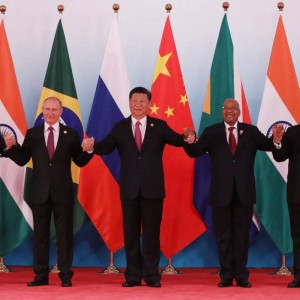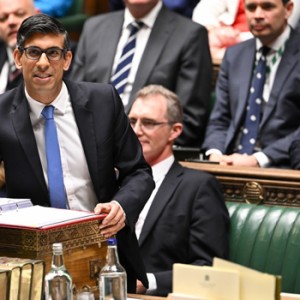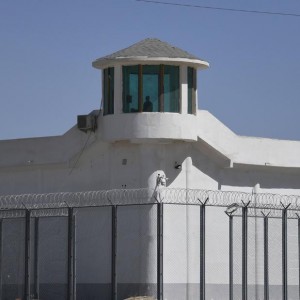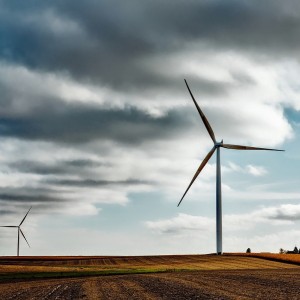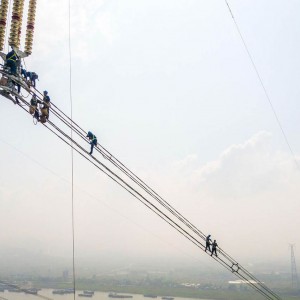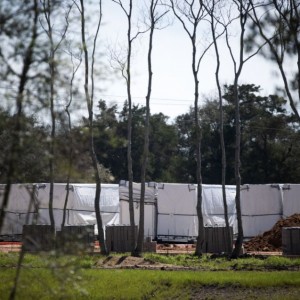U.S. renewable energy developers have delayed or scrapped several big battery projects meant to store electrical power on the grid in recent months, scuttling plans to replace fossil fuels with wind and solar energy.
At least a dozen storage projects meant to support growing renewable energy supplies have been postponed, canceled or renegotiated as labor and transport bottlenecks, soaring minerals prices, and competition from the electric vehicle industry crimp supply.
One previously unreported dispute over a delayed California storage project has even wound up in court. The slowdown in utility-scale battery installations threatens the pace of the U.S. transition away from fossil fuels as the Biden administration seeks to decarbonize the grid by 2035. The delays could pose a threat to power reliability in states that already depend heavily on renewable energy like California.
Storage capability remains a big challenge
Storing power is considered vital to the expansion of solar and wind energy because it allows electricity generated when the sun is shining or wind is blowing to be used at the end of the day when consumers need it most.
The delays span states including California, Hawaii and Georgia, with battery providers including Tesla (TSLA.O) and Fluence (FLC.AX) warning of disruptions to supply, according to a review of regulatory documents, corporate statements and interviews with project developers and power providers.
The delays, some of which have not been previously reported, range from several months to a year, according to the Reuters reporting.
"I have not seen a nascent industry challenged on so many fronts," said Jamal Burki, president of IHI Terrasun Solutions, the U.S. energy storage arm of Japanese heavy equipment maker IHI Corp.
A similar challenge in Europe
European energy storage projects are also facing delays, but that region lags the United States in the development of grid-scale storage, making the issue less pronounced.
Ben Guest, fund manager at Gresham House Energy Storage Fund (GRID.L), which invests in battery projects in Britain, said he has seen two- to three-month delays in projects primarily due to component shortages and shipping challenges.
Energy storage makes up about 3% of U.S. operating clean energy capacity and has been growing rapidly. Installations soared 170% in the first quarter to 758 megawatts, according to the American Clean Power Association, roughly enough capacity to power 144,000 homes.
But the pace is dipping below forecasts. Energy research firm Wood Mackenzie told Reuters it may revise down its current outlook for U.S. storage installations of 5.9 GW this year because of the rising evidence of market disruptions, after 2021 installations came in at about two-thirds of what it initially expected.
Prices for lithium-ion batteries, three-quarters of which are produced in China, have soared as much as 20% since last year as lithium and nickel costs rise, COVID-19 lockdowns disrupt manufacturing, and transport constraints slow shipments.
Robust demand from EV producers for batteries has also been a headwind, industry players commented. Battery manufacturers are favoring the EV market because their orders are more predictable compared to the lumpy, project-based orders from power storage developers.
"When the pullback happens, it's felt worse by the storage industry than it is by the electric vehicle industry," said Andy Tang, vice president of energy storage and optimization at storage developer Wartsila (WRT1V.HE). "We're a difficult customer."
Recent turmoil in the solar industry, caused by uncertainty over potential tariffs on Asian imports, has also impacted storage development. Constructing storage alongside solar allows facilities to claim a federal tax credit that does not exist for standalone batteries.
The Biden administration this week announced it would waive tariffs for two years on panels from countries impacted by a Commerce Department investigation, an attempt to revitalize solar installations.
Summer Crunch
These obstacles have raised questions about the fate of some 14.7 gigawatts of U.S. battery storage in development, some of which state authorities had hoped would be in place to prevent blackouts as early as this summer.
Among recent delays is 535-MW of storage Ameresco Inc (AMRC.N) is developing for Southern California Edison, one of the state's biggest utilities. It expects just a portion of the project -- about 300 MW -- to be online by its August target.
Ameresco did not respond to a request for comment.
Central Coast Community Energy (CCCE), which purchases power on behalf of 430,000 customers in five California counties, is also facing delays of six clean energy projects, including 122 MW of storage, needed to meet state-mandated clean energy requirements, according to spokesperson Catherine Stedman.
The developers of the projects, originally meant to come online this year and next, have warned of delays between six and 12 months, Stedman said.
EDF in March had asked to increase the price for the project's still unfinished energy storage component by $76.8 million -- a 233% increase, according to the complaint filed May 9 in California state court in Santa Clara County.
EDF did not respond to a request for comment.
The disruptions have concerned state officials, already dealing with perennial power shortages during peak summer demand. Governor Gavin Newsom said in April that the state had been counting on new battery storage projects, many of which were procured following rolling blackouts in August 2020, to shore up summer reliability.
"Delays in the online dates of these projects are a very real concern," California Public Utilities Commission spokesperson Terrie Prosper said in a statement.
Open-ended problem
Energy research firm Rystad said that given the large appetite for batteries from a surging EV market, global supplies for utility storage projects are not expected to be able to meet demand in the medium-term.
That's a problem, the International Energy Agency says. Battery storage needs to reach 585 GW by 2030 to decarbonize the global power sector, a 35-fold increase from 2020.
"If you can't get the batteries manufactured and reliably delivered at a price point that is coming down... you're going to slow the ability of batteries to accelerate the transition," said Jim Kapsis, founder of climate technology advisory firm the Ad Hoc Group.
Hawaiian Electric spokesperson Sharon Higa said the utility expected just 39 MW of the 378.5 MW of solar and storage it procured to be in service prior to the AES coal plant retiring. Innergex and Tesla did not respond to requests for comment.
Tesla Chief Executive Elon Musk acknowledged earlier this year in a conference call that the company had prioritized EV battery supplies over stationary storage.
Fluence, meanwhile, said in a conference call last month that it has issued force majeure notices on three contracts because its battery suppliers in China were not able to fulfill their obligations. It said it had also raised prices on new contracts by 15% to 25% and would price future contracts based on raw material indices to guard against volatility.
SOURCE: REUTERS
IMAGE SOURCE: PIXABAY







